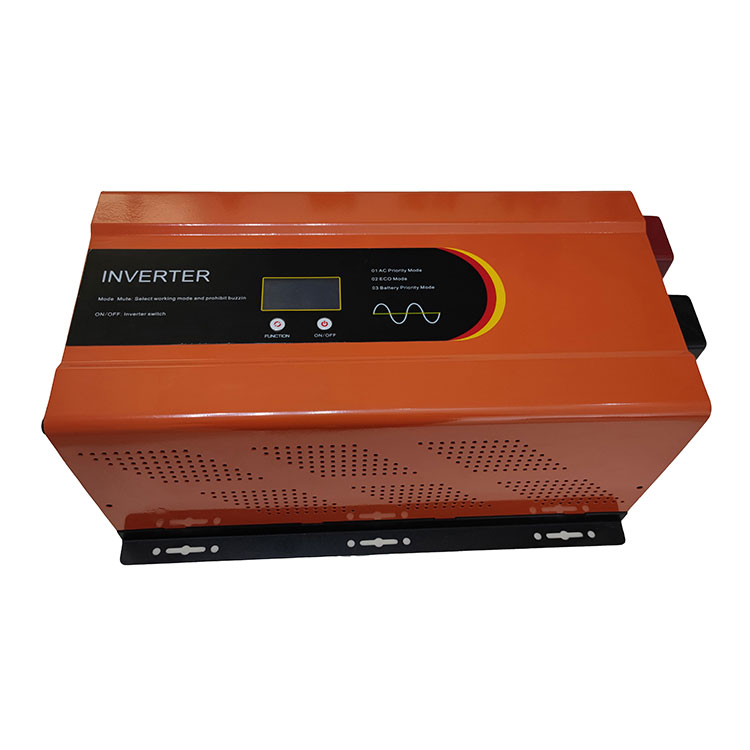Advantages of Inverter Without Charger
2024-02-01
Inverters without a built-in charger are designed to convert DC (direct current) power to AC (alternating current) power without the capability of charging batteries. These inverters are typically used in applications where an external power source, such as a generator or utility power, is responsible for providing DC power to the inverter. Here are some advantages of inverters without a charger:
1. Simplicity and Cost-Effectiveness:
- Inverters without chargers are simpler in design as they focus solely on the DC to AC power conversion. This simplicity often results in lower manufacturing costs and can make them more affordable compared to inverters with built-in chargers.
2. Reduced Size and Weight:
- Since inverters without chargers omit the battery charging circuitry, they tend to be more compact and lighter than inverters with built-in chargers. This can be advantageous in applications where space and weight considerations are critical.
3. Specific Use Cases:
- Inverters without chargers are suitable for specific use cases where the power source is separate from the inverter and there's no need for on-board battery charging functionality. This may include scenarios where a generator or another power supply system handles the DC power supply.
4. Lower Standby Power Consumption:
- Inverters without chargers typically have lower standby power consumption since they are not constantly maintaining or monitoring a battery charging process. This can be beneficial for energy efficiency in certain applications.
5. Customization and Flexibility:
- Users have the flexibility to customize their power system by choosing an external charger or power source that meets specific requirements. This customization allows for tailoring the power system to the application's needs.
6. Reduced Maintenance Complexity:
- In applications where separate charging equipment is used, the maintenance of the charging system and the inverter can be handled independently. This separation can simplify maintenance procedures and troubleshooting.
7. Integration with Existing Systems:
- Inverters without chargers can be easily integrated into existing power systems where a separate battery charging solution is already in place. This makes them a suitable choice for upgrades or modifications to existing setups.
8. Higher Efficiency for DC Power Sources:
- When the DC power source is stable and consistent, such as in some industrial or grid-tied systems, using an inverter without a charger can be more efficient as it eliminates the additional components associated with battery charging.
While inverters without chargers offer advantages in specific scenarios, it's important to note that they are not suitable for applications where the inverter needs to charge batteries. The choice between an inverter with or without a charger depends on the specific requirements and power system configuration of the application.



